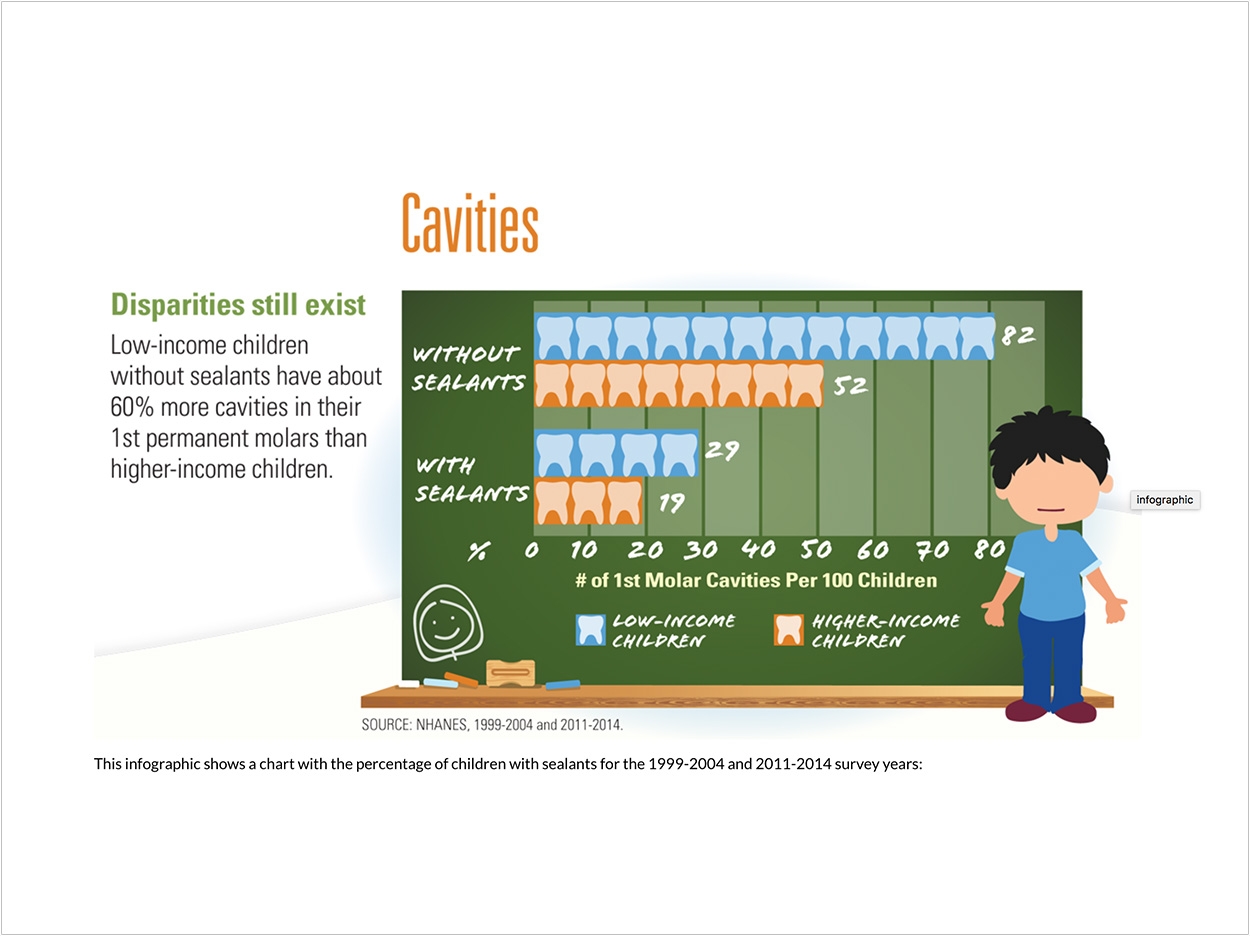
Applying dental sealants to the back teeth could prevent up to 80% of cavities in school-aged children, yet about 57% of children between the ages of 6 and 11 years don’t get sealants, according to the US Centers for Disease Control and Prevention (CDC). Yet increasing access to school-based sealant programs (SBSPs) could remedy these low figures, especially among low-income families who are less likely to have access to dental care, the federal agency notes.
SBSPs target schools with a high percentage of students who are eligible for free or reduced-cost meal programs. As a result, they provide sealants to children who are at higher risk for cavities and less likely to receive preventive care. Prior research has found that children with poor oral health often struggle academically and even miss significant time in school due to pain and other issues.
“Many children with untreated cavities will have difficulty eating, speaking, and learning,” said CDC director Tom Frieden, MD, MPH. “Dental sealants can be an effective and inexpensive way to prevent cavities, yet only one in 3 low-income children currently receive them. School-based sealant programs are an effective way to get sealants to children.”
In addition to preventing 80% of cavities for 2 years after application, dental sealants continue to protect against 50% of cavities for up to 4 years after placement. They can be retained in the mouth for as long as 9 years. Also, while about 43% of 6- to 11-year-olds have a sealant, low-income children are 20% less likely to have them than higher-income children. Plus, school-age children without sealants have almost 3 times more cavities than those with sealants.
The CDC further reports that applying sealants to the nearly 7 million low-income children who don’t have them could save up to $300 million in dental treatment costs. The agency currently provides funding to 21 state public health departments to coordinate and implement school-based and school-linked sealant programs that target low-income children and those who live in rural settings. The CDC also says that state officials can:
- Target SBSPs to the areas of greatest need in their state;
- Track the number of schools and children participating in SBSPs;
- Implement policies that deliver SBSPs in the most cost-effective manner;
- Help connect schools with health departments, Medicaid, and Children’s Health Insurance Program offices, community health centers, and dental professionals in the community.
Related Articles
3M Donates 3,000 Sealant Kits to Give Kids a Smile
Sealants Decrease Decay by 80% As Guidelines Get Updated
Sealants Are the Key to Successful Preventive Pediatric Services












